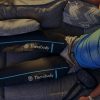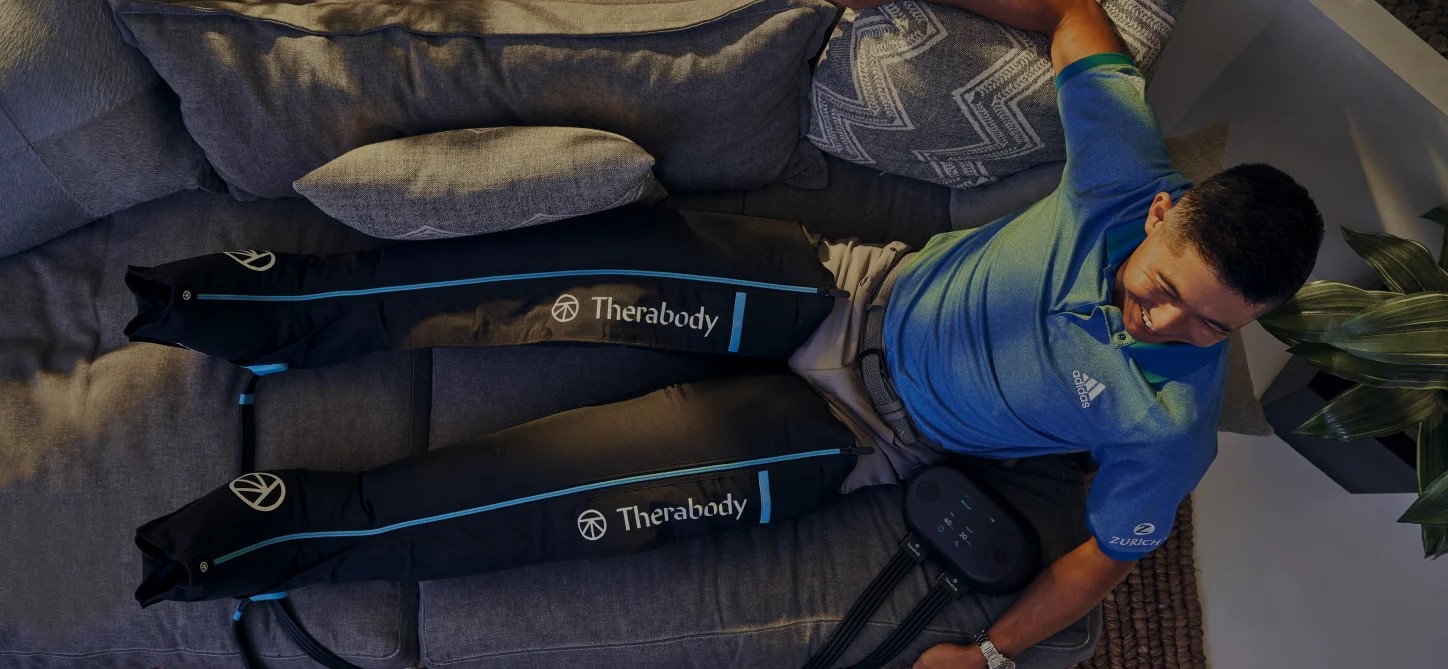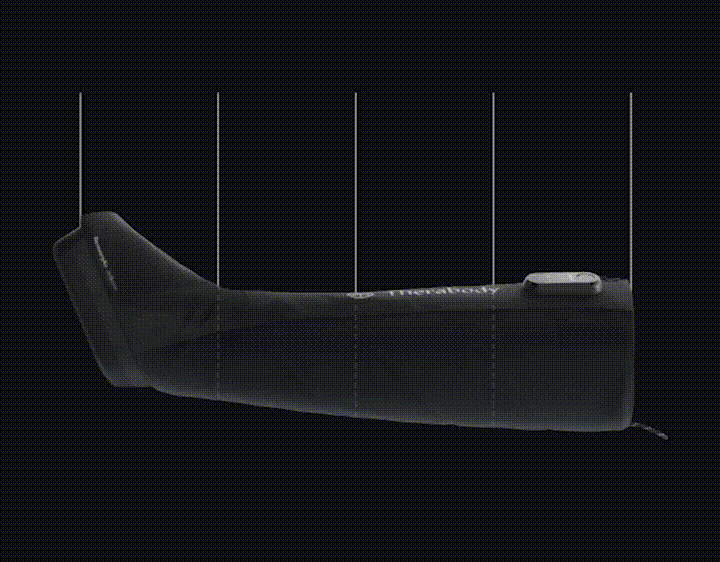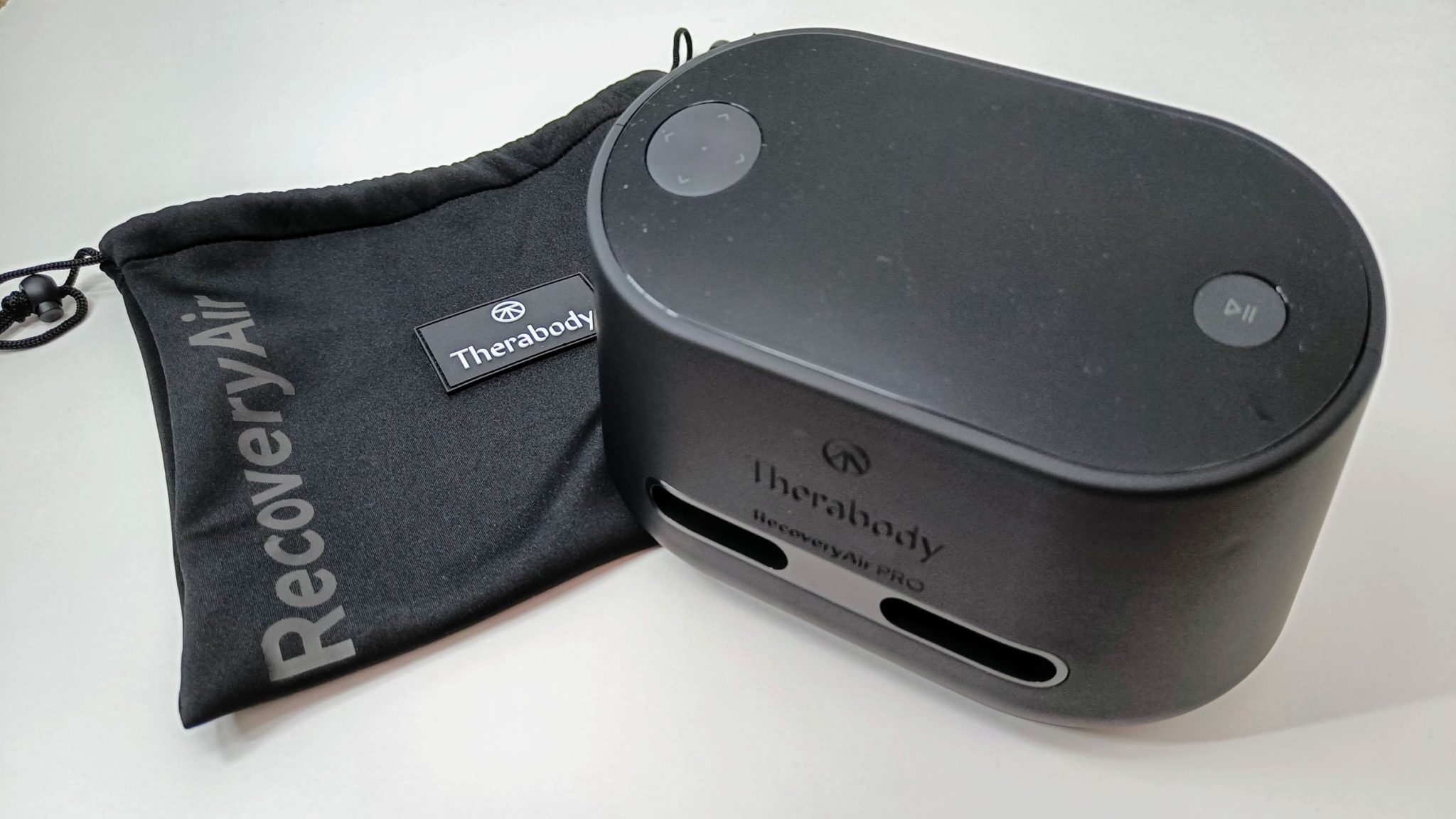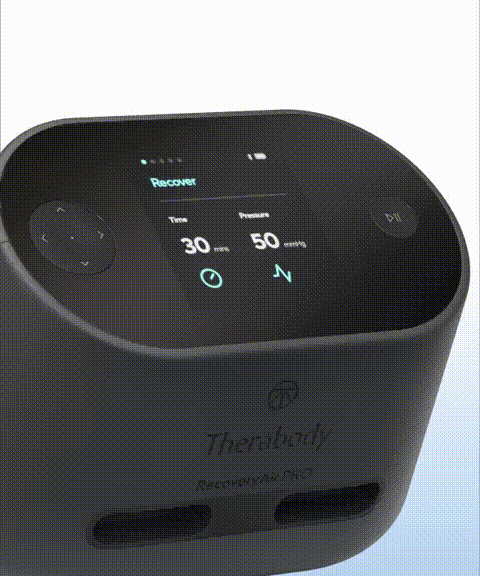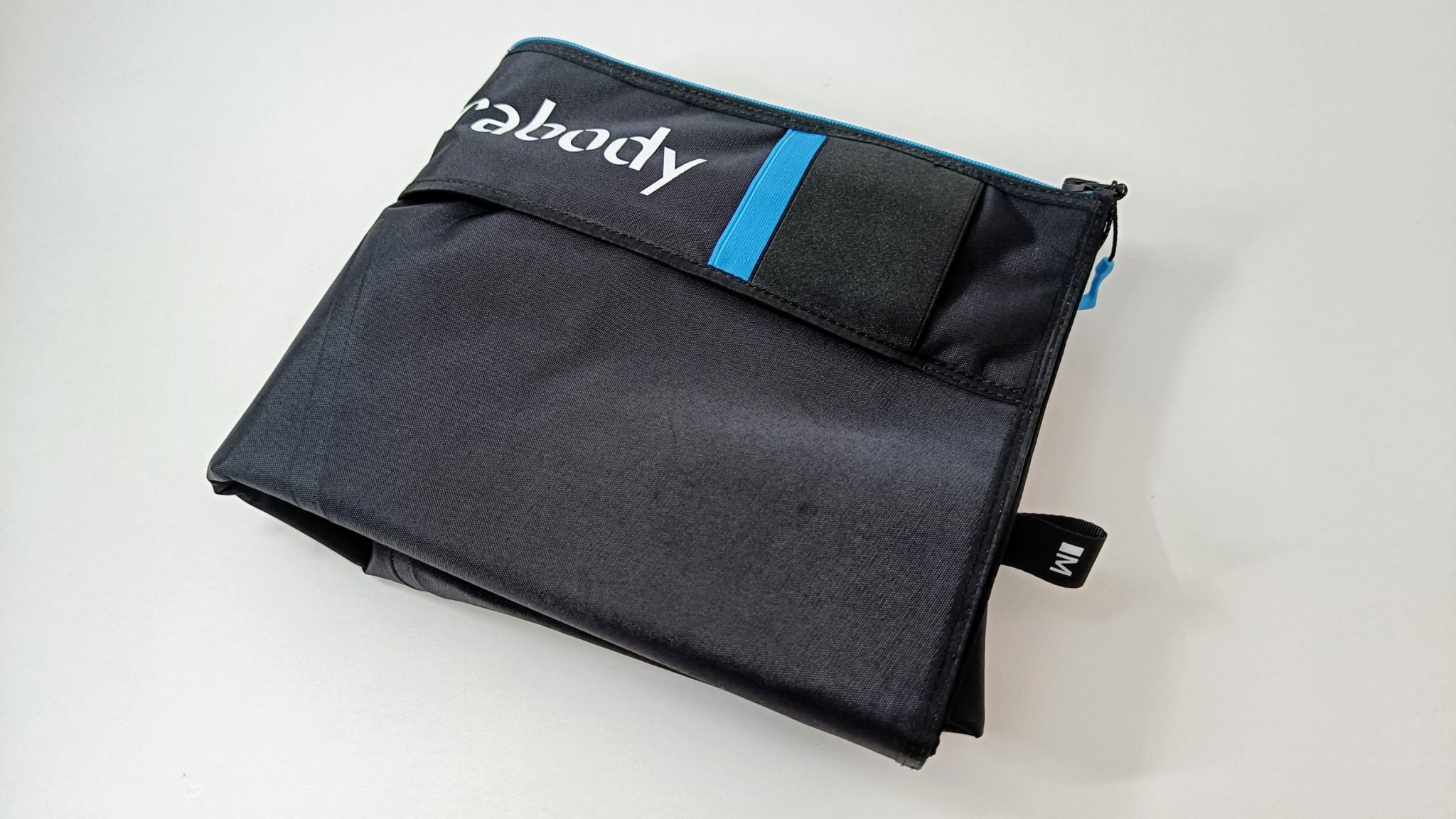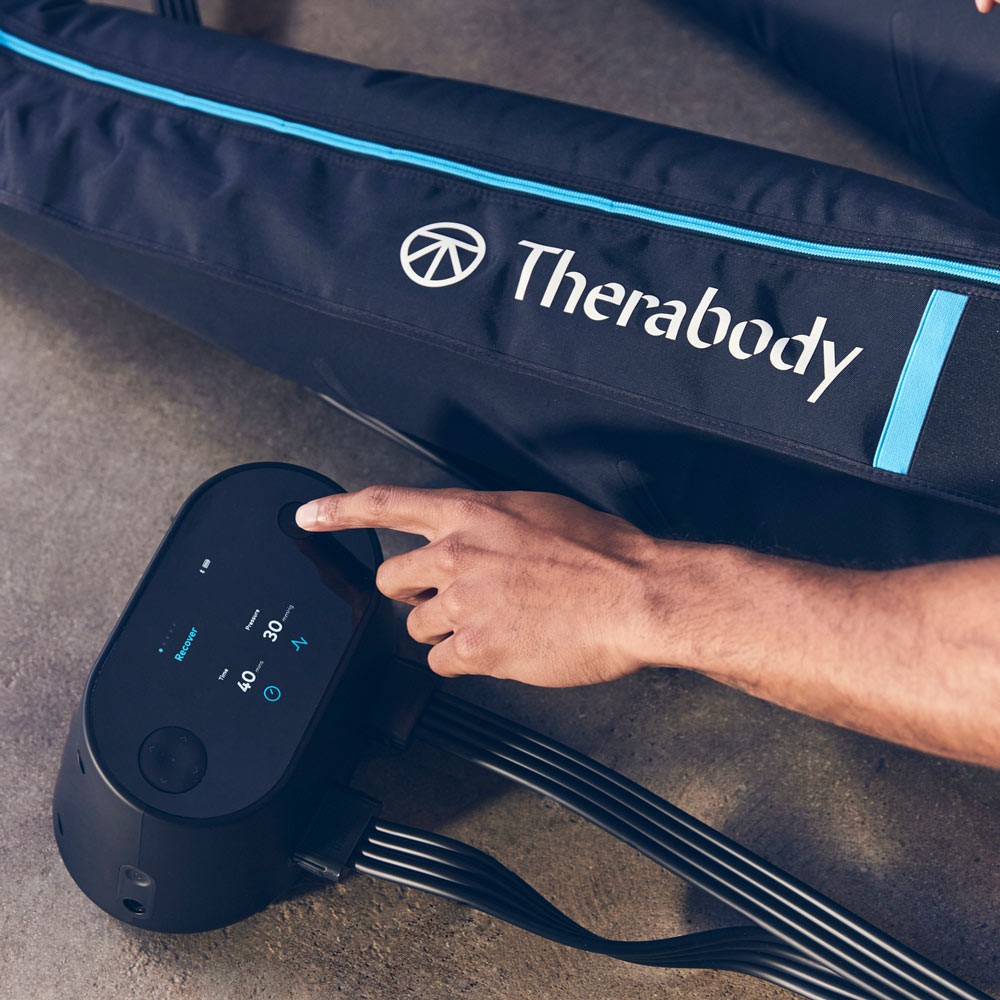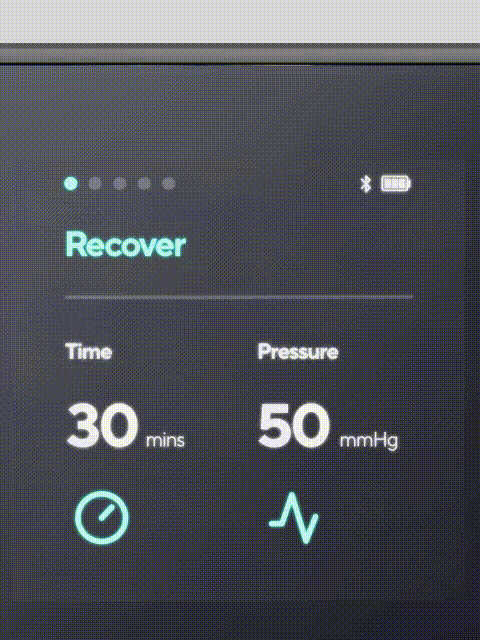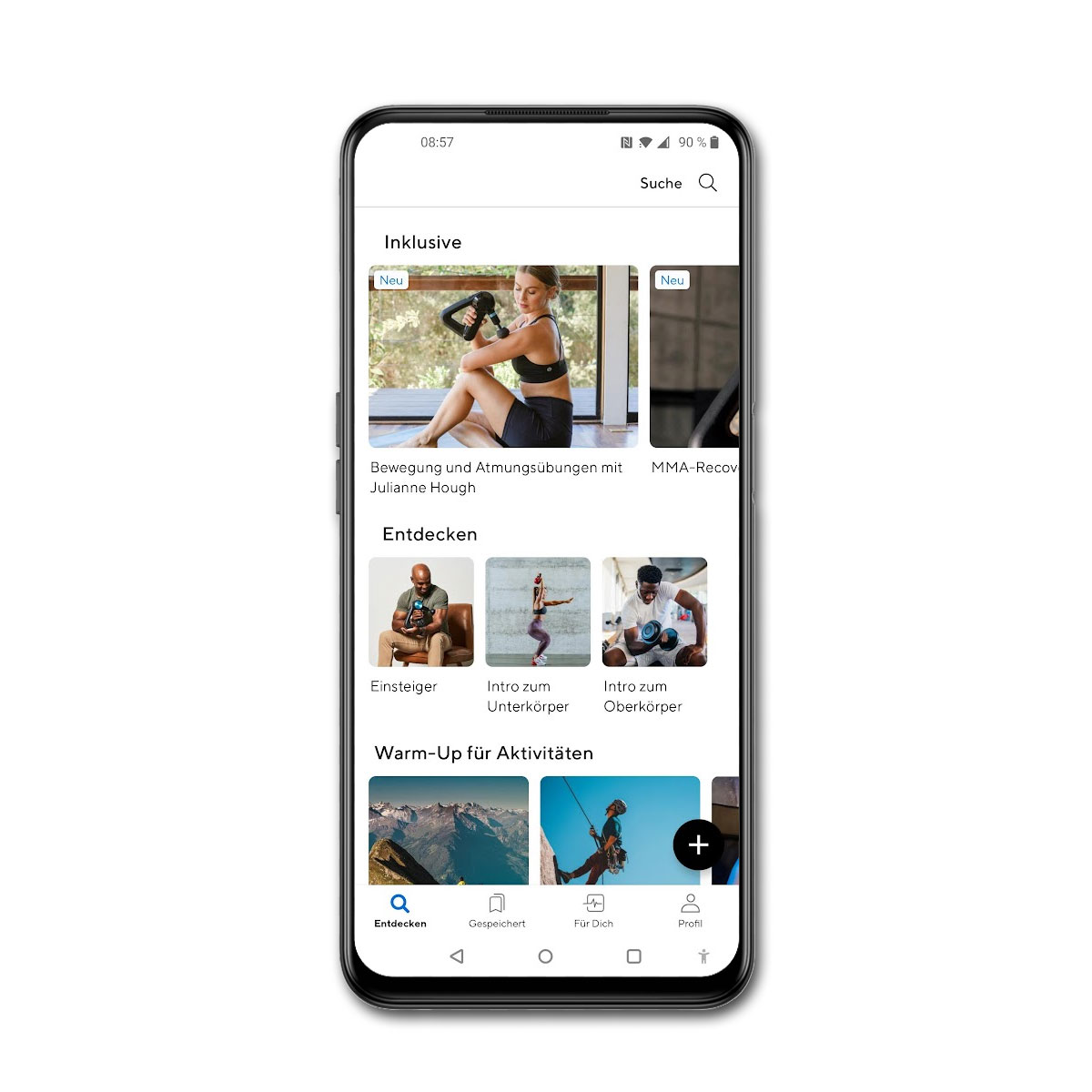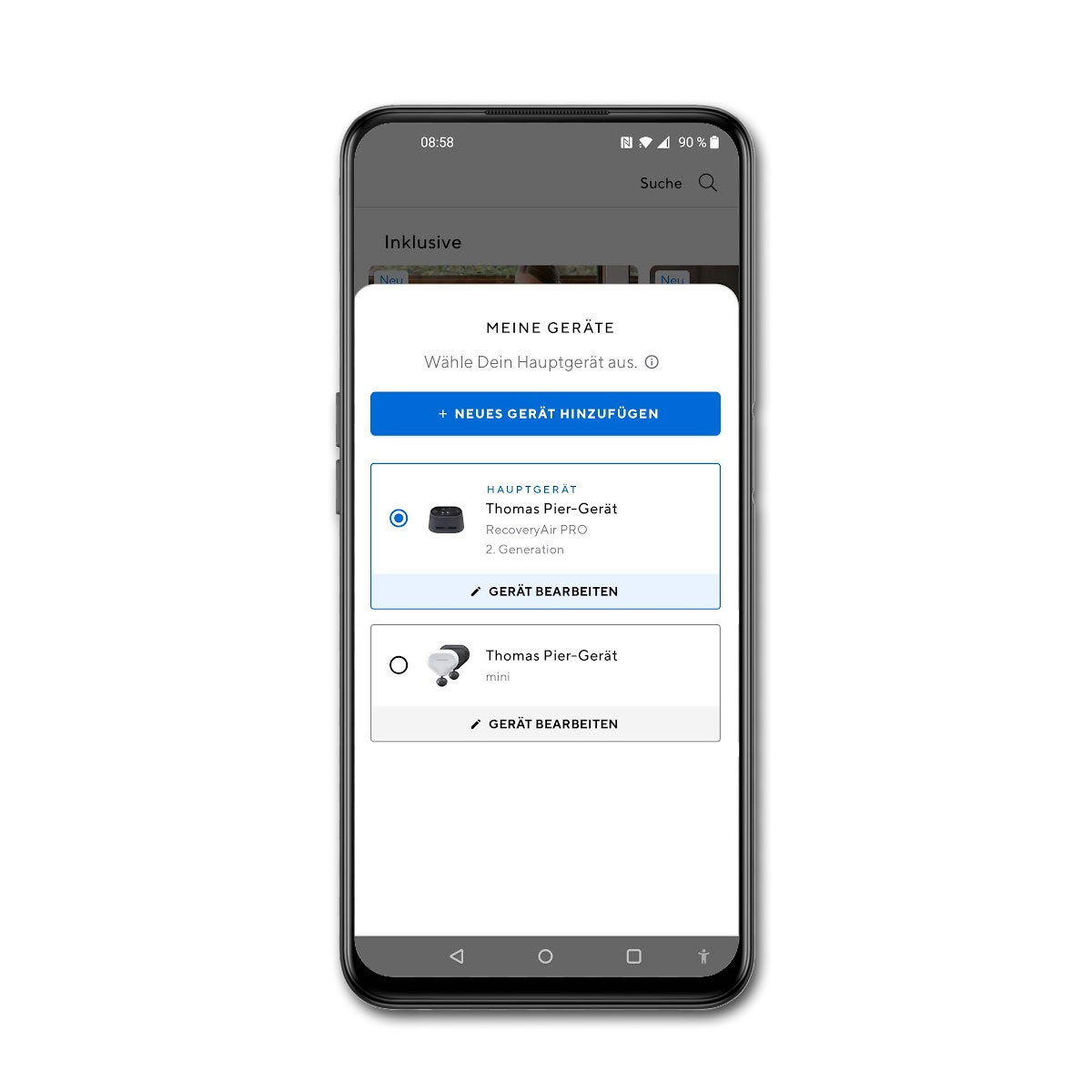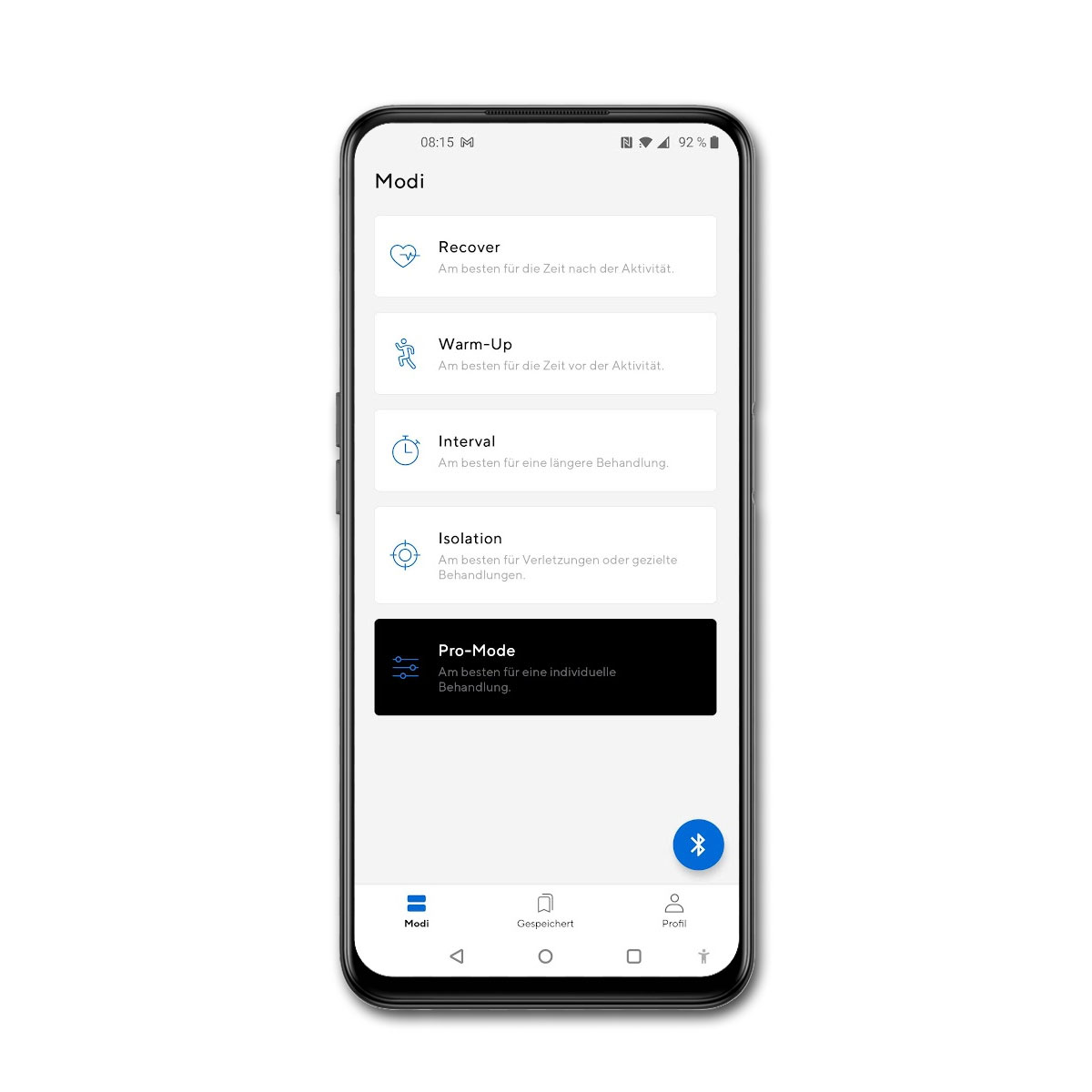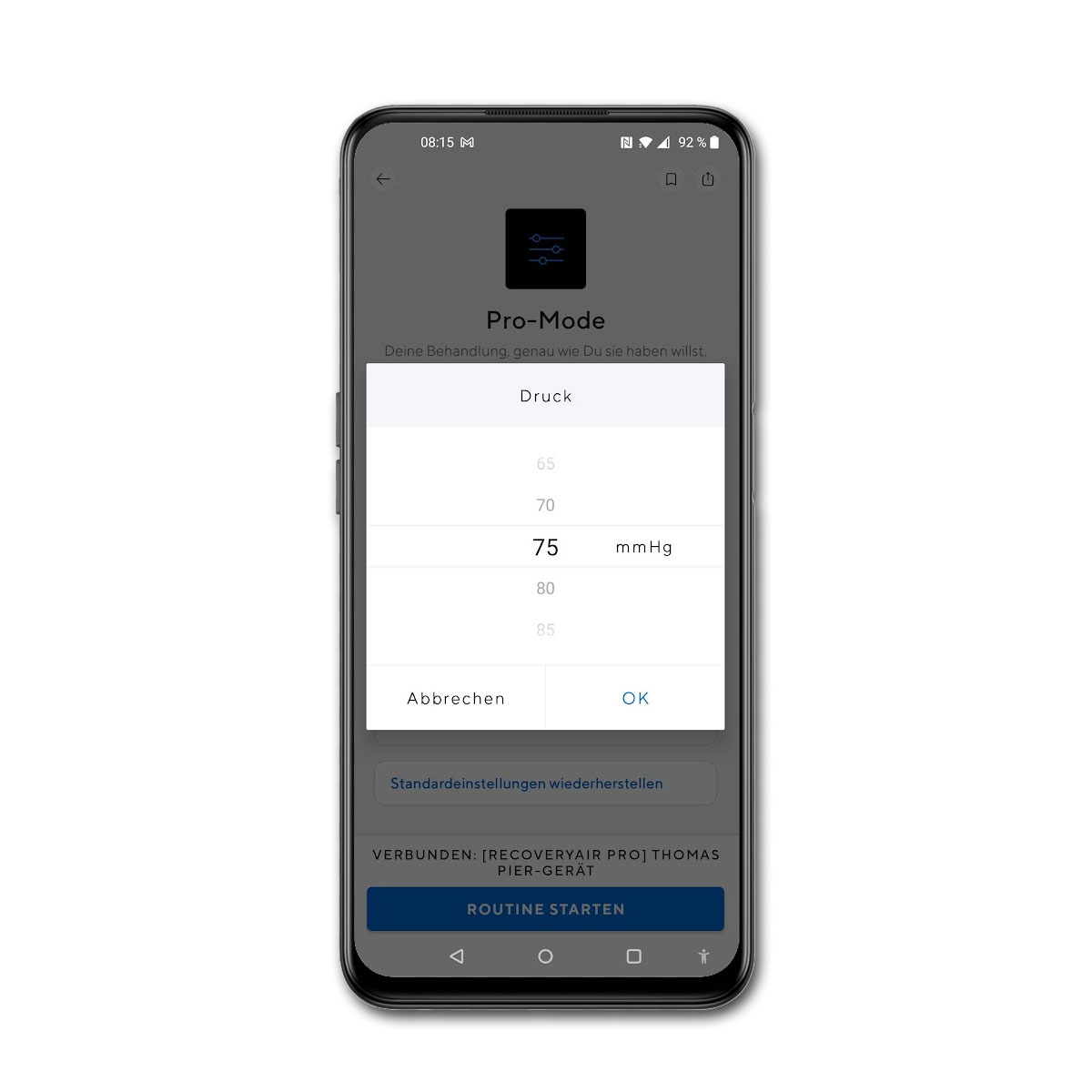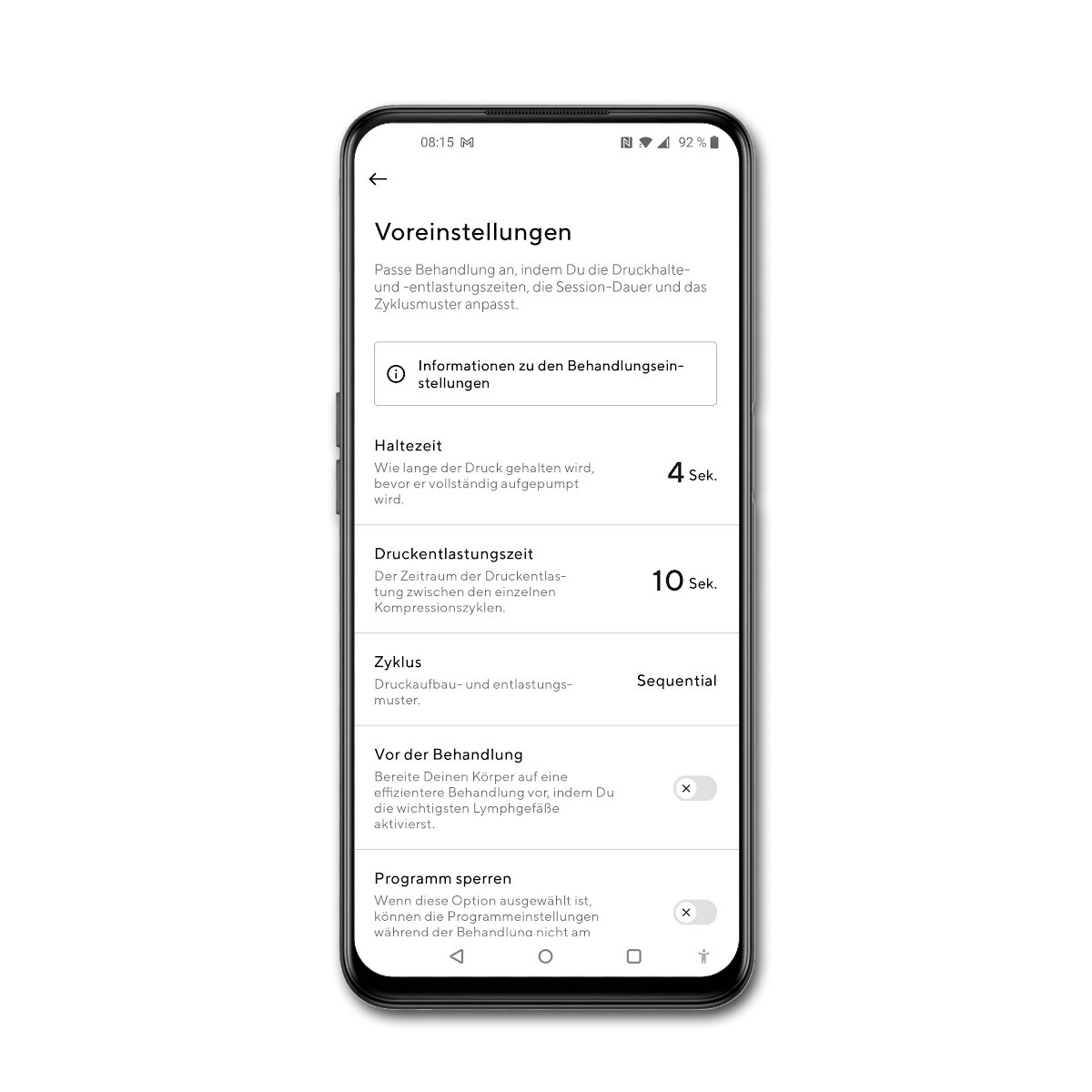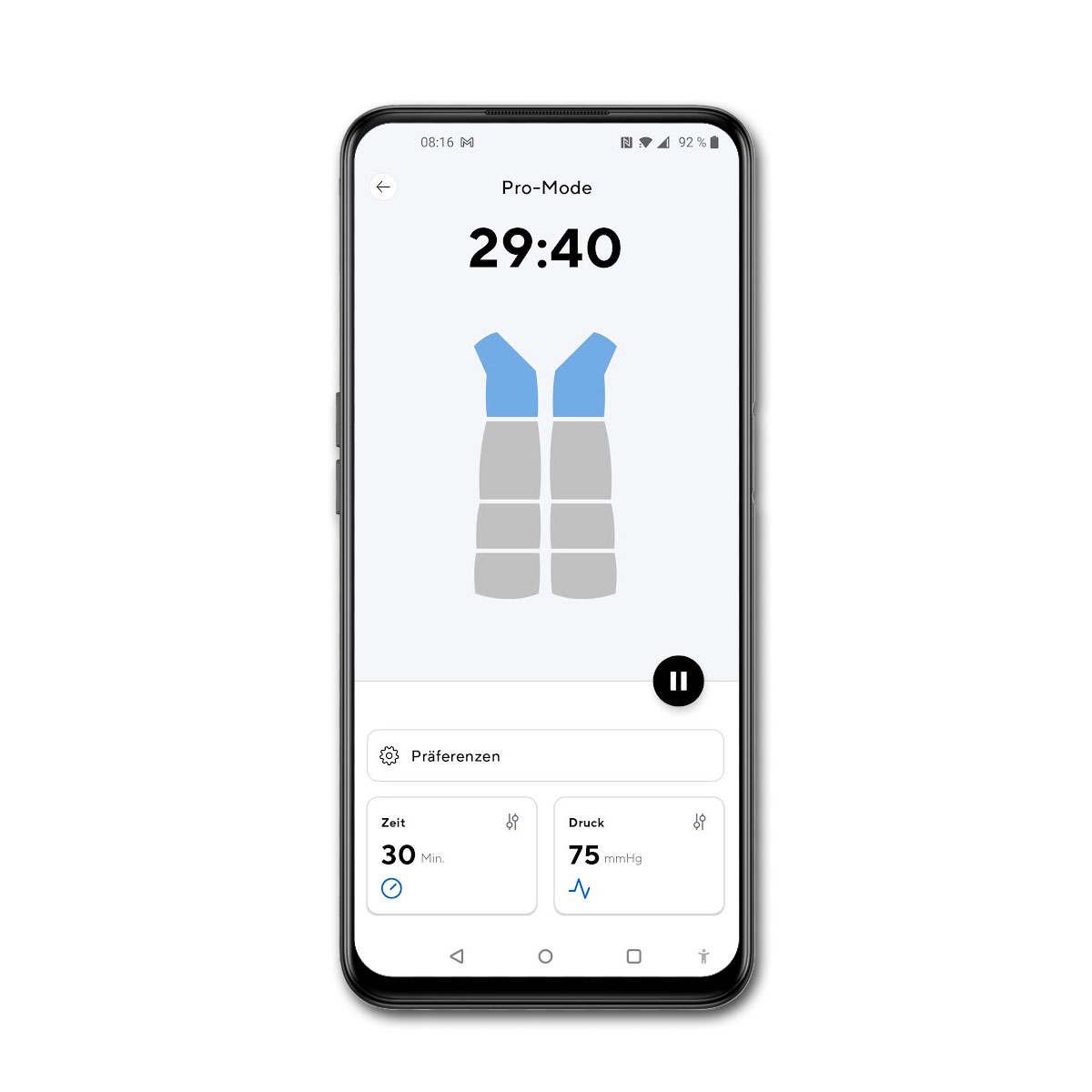Dieser Beitrag ist auch verfügbar auf: Deutsch
Therabody is very successful with its massage gun, the Theragun. Now the range of recovery tools has been expanded to include Recovery Boots. I was invited to take a close look at the top model: the Therabody RecoveryAir Pro.
Advertisement: Affenhand.de provided me with the Therabody RecoveryAir Pro for this test at my request. This had no influence on the content of my test report. The article is freely written and exclusively reflects my personal experiences.
I have to admit that I was pretty excited when I discovered the new Therabody products in the Affenhand newsletter. You regularly see professional athletes using Recovery Boots to freshen up their legs between two training sessions. But until now, these solutions always cost a fortune and were unaffordable for “normal runners”.
The entry-level Therabody RecoveryAir Prime starts at 699 euros and costs no more than a good running watch. That’s still a lot of money, but certainly not prohibitive. You should keep that in mind when I now present the PRO version (which is almost twice as expensive).
ProdukttestInhalt / Content
Therabody RecoveryAir Pro
Compression massage
The active principle behind the Therabody boots is compression massage. With the help of compressed air, muscles and tissue are slightly compressed – similar to a conventional massage with the hands. However, with the compression boots, the pressure comes from all sides.
At the same time, the pressure can be controlled zone by zone via a chamber system. In the RecoveryAir systems there are four such chambers, which normally fill gradually with air. The pressure build-up always starts at the feet and moves from there towards the centre of the body or heart. The TruGrade technology ensures a pressure gradient in the same direction. This ensures that it is safe to use and optimises blood flow.
Because that is ultimately what it is all about: the build-up and release of pressure results in a faster exchange of blood in the treated areas, which should lead to a better supply of nutrients and thus faster recovery.
Scope of delivery
The RecoveryAir-Pro system basically consists of two leg sleeves and a control unit, which is also the air compressor. It all comes conveniently packed in a large cardboard box. Sleeves and compressor are each placed in a bag, which can later be used for storage and transport.
The compressor control unit has a battery life of 4 hours, so it only needs to be connected to the power cable for charging. In addition to the integrated display, there is a rocker switch for selecting functions and a play/pause button.
The two sleeves are folded in the bag. You have to select a size here when ordering so that they fit well. However, there are only three sizes (S/M/L), so it shouldn’t be difficult to allocate them according to body size. If you are exactly on one margin (like me), you should go for the smaller size.
The foot part of the leg sleeves contains the rolled-up connection cable that has to be connected to the compressor. By the way, the sleeves are identical – so there is no left or right.
To enter the sleeves, open the (very long) zip, slip inside and close it again. Care should be taken not to include any pointed or sharp-edged elements. A zip at the leg end of a pair of training pants will not damage the sleeve, but could leave unpleasant pressure marks on the skin.
Once you have connected the sleeves to the control unit, you can start the first session immediately.
Operation
When the Therabody RecoveryAir Pro is started, it always suggests the recovery programme with the last selected settings. The duration and the maximum pressure for the programme can be adjusted quickly and easily (even during use) via the control cross – or all settings can be reset to the defaults.
The Recovery programme is intended for recovery after intensive training sessions and to prevent muscle soreness. The “Warm Up” programme available on the Pro differs from this only in the length and intensity of the pressure.
With the isolation programme you can limit the treatment to one leg region: either ankle / lower leg, knee area or knee / thigh. If you want to perform several compression cycles with defined breaks in between, choose the interval programme.
Finally, in Pro mode, you can run a freely defined programme – including “pre-treatment” of selected areas with less pressure and deviating pressure build-up cycles.
Therabody App
The Therabody app is even more convenient to use. Basically, workouts and routines for all Therabody products are collected there, also for the Theragun, for example. You can store all your equipment and equipment options there and always get the right offer.
The app does not offer any options for the Therabody RecoveryAir Pro that are not available directly on the device. However, you can save personal settings for the modes and even share them with other Pro users.
While the programme is running, you can see how full the chambers are and adjust the pressure, for example, at any time. This also applies to the Prime and JetBoots models (see below). Here, only the number of programmes to be stored is limited.
In practice
In case you haven’t noticed: I’m not a professional athlete who has to train twice a day for his 160 kilometres a week. ;) But I also have ambitious goals within the scope of my possibilities and therefore regularly have units in my training schedule that really challenge my legs. On top of that, I have long working days and train at inconvenient times – often in the evening after 8 pm, when the children are in bed. So regeneration is definitely an issue for me.
For relaxing the legs, I’ve been saying goodbye to foam rollers for a long time and rather rely on massage guns. Especially when it’s only for localised use. But to give both legs a pleasant rest, you have to work hard with it…
Using the Therabody RecoveryAir Pro is completely different. At the beginning I had to get used to the handling, but at some point you slip into the sleeves just as naturally as into your slippers ;) For the last two weeks, they have even been ready and waiting next to a comfortable chair so that I can spontaneously stretch my legs at any time.
The recovery programme suggested at the start was already optimally set for me. Over time, however, I played with the strength of the compression depending on my mood and needs. The first time I used it, I was a bit sceptical because I had never done anything like this before. But after just a few minutes, I just had a big grin on my face. :)
I always found the gradual pressure build-up from the bottom to the top very pleasant. You can adjust the maximum pressure at any time according to your personal preference and find your perfect value. After all chambers are filled, the pressure is held for a short time before the air escapes again. At that moment I always feel very clearly how the blood flows into my legs. That is simply the best moment… :)
But even better is the feeling of the legs after a session. No matter how broken they felt beforehand: afterwards I always had the feeling that I could go running again. For example, the day after a double training session in Taekwondo, when I had written intervals into my schedule. In the morning, my legs were heavy as lead and a slight muscle soreness had set in. Normally I wouldn’t have run that day or would have just done a short basic run. But after half an hour in the RecoveryAir I felt ready for the intervals.
Initially, I dealt with all the programmes of the RecoveryAir Pro. The first two (Recovery and Warm Up) only differ in the pre-set values (time and pressure). Longer sessions, for which the interval mode would have been useful, I only did once (as a test) and then never saw a need for it in everyday life.
The flexibility of the Pro mode was more helpful. In the case of acute problems (ankle or knee), I could well imagine designing a suitable programme here. Otherwise, I always found the recovery programme the best choice.
Of course, compression boots can’t work miracles. You can’t make sore muscles or pain disappear with them. And to be honest, I can’t judge whether they have a scientifically proven effect on regeneration. But for me, the principle of massage and higher blood circulation is very plausible and (also physically) comprehensible. I always had the feeling that the Therabody RecoveryAir Pro “saved” me one or two days of recovery – with only 30 minutes of sitting around ;)
Because that is another advantage of the system: you only have to sit there for half an hour and don’t need to do anything else. This can turn into a little nap during the lunch break or you can use the evening time in front of the TV. To be honest, I’ve even gotten up again at night because I had such restless legs ;)
Model selection
The new, second generation RecoveryAir consists of three models. As mentioned at the beginning, the Therabody RecoveryAir Prime is the entry-level model for everyone.
It differs from the Pro version shown here only in the control unit. The sleeves are absolutely identical and interchangeable. Instead of four, there are two programmes to choose from (Recovery and Warm Up), which cannot be adjusted as finely in the pressure (steps of 10 instead of 5). The battery also has “only” three hours of runtime instead of four. On the other hand, the model costs only 699 instead of 1,299 euros.
For mobile use, there are also the RecoveryAir JetBoots. Here, the compressor and battery are each attached to the foot of the boots. The control element is located at the upper end of the sleeves. In terms of functionality, it is the same as the Prime: the battery lasts a little longer, however, and the pressure levels are set in increments of 25. For 899 euros, you get mobility above all and save yourself some cable clutter.
All in all, the Therabody RecoveryAir Pro is the model with the most options and adjustment possibilities. In addition, it is not only compatible with the sleeves shown here, but can also be connected to the Compression Pants (which go over the hips like a pair of trousers) or the Vest (compression of the upper body and arm).
Conclusion
